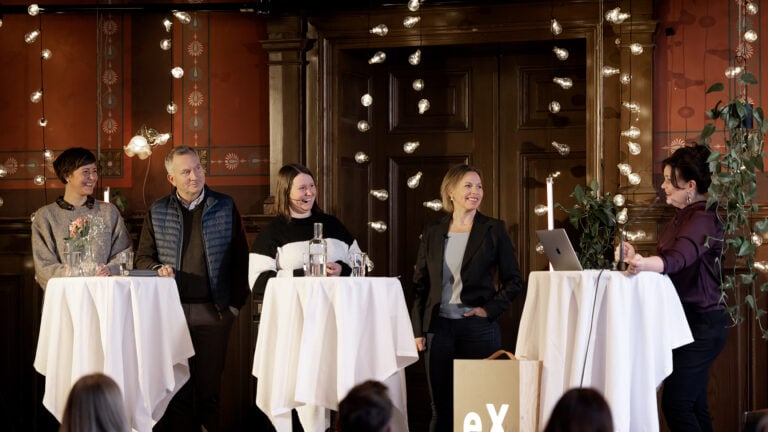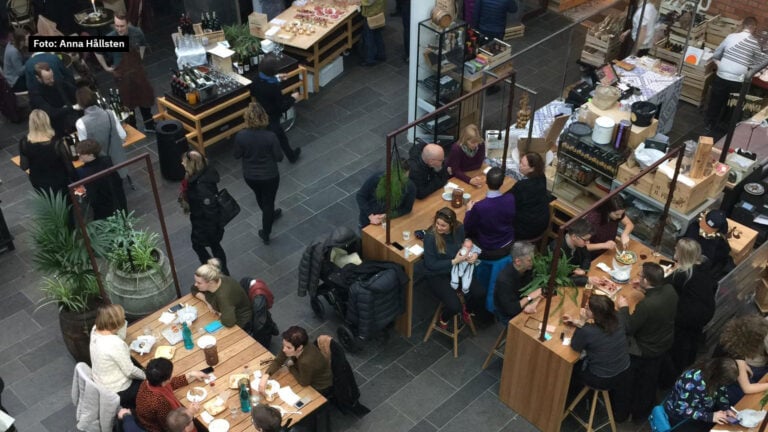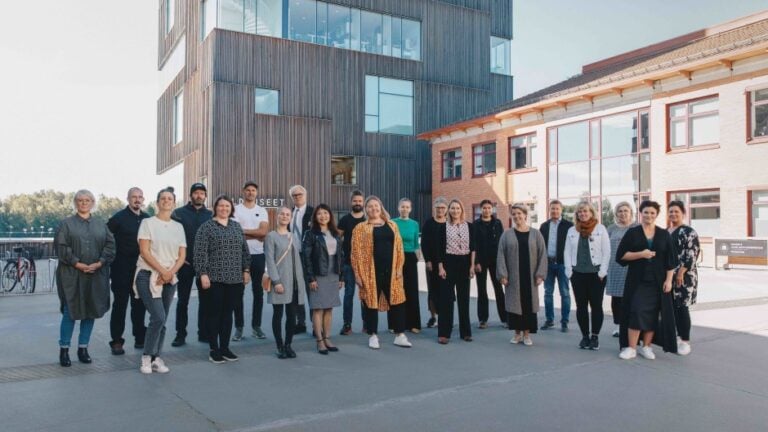There are different answers to the question of where trade takes place. The most common answer is that trade takes place where we plan for it. That is, on spaces that property owners, urban planners and other stakeholders design and decide that trade should be conducted from. Such as shopping centres and main streets in the city or village, for example.
An inverse approach to the question of where trade takes place is to let the customer decide on the location. Letting the customer's preferences dictate may result in trading taking place from locations that are not usually planned for the purpose. It may be a space, a context or in conditions where customers feel the need to shop, thus creating a potential business opportunity.
By asking the question where trading can take place creates new opportunities for companies to identify and explore.
The question is not new, it has been asked by companies throughout history. For example, the ice cream van and the drive-through fishmonger have offered ice cream and fish sales close to our homes and at times when we feel the need for a good dessert, or a good raw material to cook a meal from.
During 2020 and the rise of the corona pandemic, many companies have been challenged and we see many creative examples of owner-managed companies finding new ways to meet customers' needs. For example:
- The clothing store located in a small town a few miles outside the city now offers digital fitting via Facetime and delivery to a centrally located store in the city.
- The interior design shop that makes home visits before and after regular opening hours. This allows the interior designer/contractor to bring both expertise and range to the customer and their specific circumstances and needs.
Reflection questions:
Start from your own sector:
- What places and contexts can you identify where there is a need and willingness to buy but where trade is not currently offered?
- Could you offer a range there? If so, which one?
- What does it take to stage this?
- Could you do it together with another actor? If so, which operator?
Start from sectors other than your own:
- Choose two industries that are different from yours and give examples of where and how services and products are offered to customers.
- What can you learn from these industries?
- How can these lessons be implemented in your business?
Reading tips:
Shopping environments: Evolution, Planning and Design
Author: Peter Coleman.
ISBN-13: 978-0750660013






